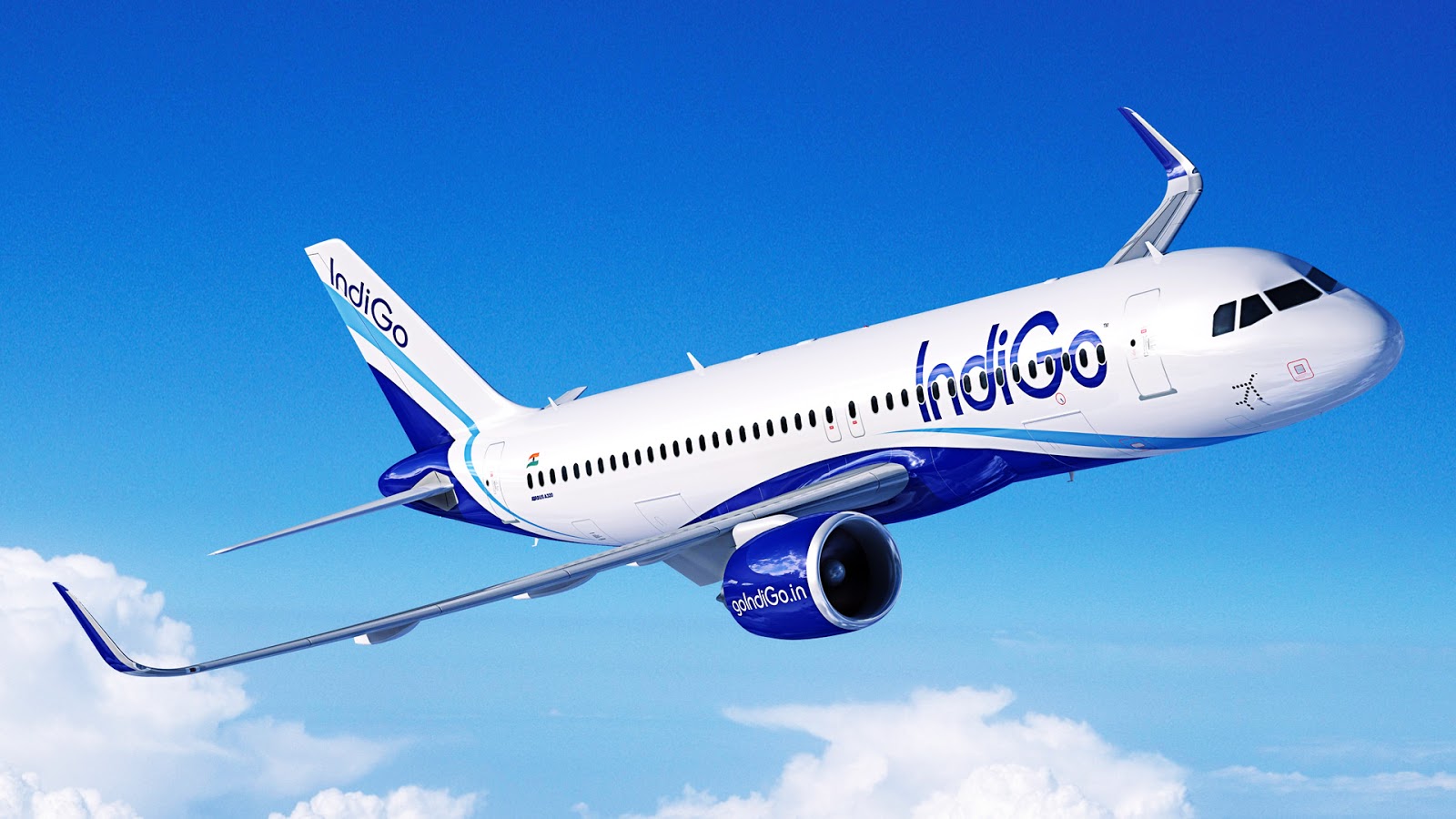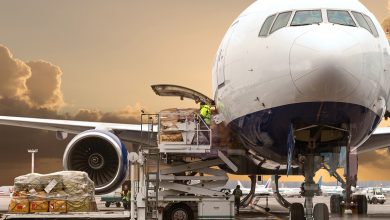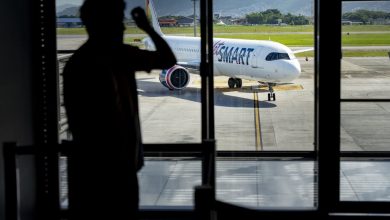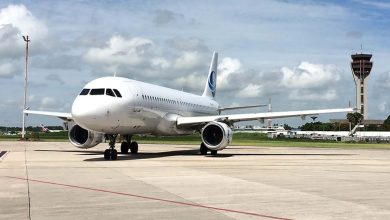Governo da Índia estima crescimento da aviação civil para 2040

O governo da Índia publicou um roteiro de 20 anos para o crescimento da aviação civil que projeta um aumento de seis vezes no número de passageiros do país, para 1,1 bilhão em 2040, e uma quadruplicação na frota da linha aérea comercial para 2.400 aeronaves.
Leia na íntegra:
India’s government has issued a 20-year roadmap for civil aviation growth that projects a sixfold increase in the country’s passenger numbers, to 1.1 billion by 2040, and a quadrupling in the commercial airline fleet over the same span, to 2,400 aircraft.
The “Vision 2040” roadmap, released on 15 January at an industry conference, also forecasts that the number of airports will increase from 99 in March 2018 to around 190-200. India’s top 31 cities by population are foreseen having at least two airports each, with Delhi and Mumbai having three each. The incremental land requirement is estimated at 150,000 acres, and the capital investment at $40-50 billion.
To support the growth of infrastructure, the government may consider establishing a $2 billion fund to support low-traffic airports in their initial operating phases. Land pooling is being considered to keep land acquisition costs low and provide landowners with high-value developed plots in the vicinity of the airports.
Meanwhile, the government sees air cargo throughput quadrupling to 17 million tons, with cargo processed paperlessly and at higher speed. New Delhi expects the country’s freighter fleet “to expand multifold with the growth in e-commerce”, as it seeks to make India a transshipment hub for South Asia.
On the manufacturing front, India is targeting development of its indigenous aircraft manufacturing industry in collaboration with OEMs. The government hopes that by 2040 “nearly 70%” of the commercial aircraft required by the Indian market will be assembled locally, and that export work will add to volumes.
“Given the size of their aviation markets, USA and China have managed to create a robust aerospace industry with leading aircraft manufacturers setting up their assembly plans therein. India, with a projected fleet of over 2,300 commercial aircraft by 2040 and large orders of military aircraft, provides ample justification for global OEMs to consider India as an aircraft manufacturing base,” says the government.
India could also establish its own aircraft leasing industry to handle “almost 90% of aircraft” ordered by its airlines, the government proposes.
“India’s tax structure and repossession processes will be equally or more attractive than those in leading global jurisdictions,” says New Delhi in the report, which also describes a local aircraft leasing sector as “a necessity” to reduce “over-dependence” on foreign lessors.
“As India’s fleet grows, so will its forex outflow, with no asset being built in India,” adds the government. It also warns that with the rupee’s depreciation, the cost of leasing, in rupee terms, will rise. As such, airlines will have tight margins in the long run.
New Delhi forecasts that the growth in the civil aviation industry could generate $28.6 billion in annual revenue by 2040, up from the current $11.4 billion. The Indian MRO sector is projected to contribute $540 million in annual revenue, up from the current $50 million.
Under the roadmap, New Delhi has also identified several goals to achieve by 2040.
These include bringing aviation turbine fuel (ATF) under the ambit of the goods and services tax (GST). “Long-term taxes therefrom will more than compensate for the small amount of GST foregone in the short term,” says the government. To counter this, New Delhi may consider raising the GST rate on economy-class tickets from 5% to 12% to reduce the GST loss in the short term.
While the government has reduced ATF from 14% to 11%, effective October 2018, various states still charge a separate state tax of up to 30%. Indian airlines are estimated to be paying Rs30-40 billion ($420-560 million) annually in fuel taxes, while fuel costs account for around a third to 40% of expenses.
Fonte: FlightGlobal 15/01/2019





